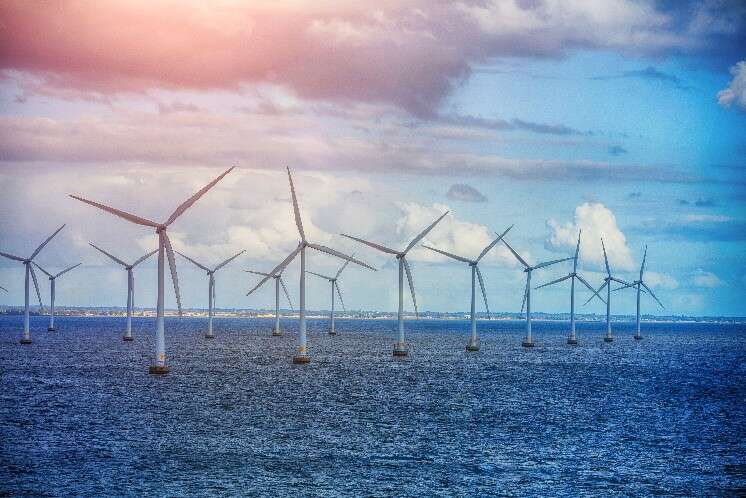As the energy transition accelerates, electric resource planning is becoming more complex. Following the energy crisis in the 1970s, many states began requiring electric companies to produce detailed resource plans that included expectations for future supply and demand. Integrated Resource Plans (IRPs) typically undergird energy company investment plans in regulated markets, which cover about half of the U.S. electric system, and provide supply portfolios and demand projections decades into the future. More recently, IRPs have been incorporating emerging topics, such as extreme weather, fossil plant retirements, stakeholder engagement, reliability studies, and energy equity.
EPRI has reviewed nearly every recently published U.S. IRP and has found some interesting trends. EPRI’s newly issued analysis of more than 100 plans, EPRI State of Electric Company Resource Planning, includes a snapshot of strategy, trends, projections, and themes that may prove helpful for resource planners, public utility regulators, and other stakeholders in the planning process. Note that participants in deregulated markets typically do not conduct formal IRPs, including most of the Northeast, Texas, and many rural areas.
From the findings, the IRPs show rapid generation growth through 2030, with renewables providing 84% of net capacity additions. Capacity is planned to grow at an average rate of 4.2% per year through 2035, with total U.S. capacity increasing to 1,000 gigawatts (GW) in 2050. Growth is led by solar additions, followed by wind, battery storage, and natural gas.
The report indicates that the highest load growth among areas that conduct IRPs is expected in the Northwest, Southwest, and Southeast, driven by industrial customer growth and economy-wide electrification. The lowest load growth is forecasted in areas across the country expecting population decline and customer defection to alternate suppliers.
Significant coal retirements of approximately 80 GW are planned, mostly in the Midwest and Southeast, but half the U.S. existing coal capacity is expected to remain online after many IRP planning periods end around 2040. Multiple IRPs in the Southeast and Northwest include new nuclear capacity added between 2030 to 2044, although U.S. totals indicate a net decrease of 6 GW in nuclear capacity from 2023 through 2050, driven by planned retirements and license expirations.
Carbon reduction planning is included in most IRPs, with a 2050 net-zero target for 80% of customers served by companies with resource plans. The majority of 2030 carbon targets in IRPs reduce emissions by less than 50% from 2020 levels. In May 2023, the U.S. Environmental Protection Agency proposed carbon emission limitations for new gas plants, large existing gas plants, and existing coal plants. Final guidelines and implementation plans may potentially influence future IRPs.
Affordable, reliable, and clean energy remain core drivers for most plans. Emerging focus areas for resource planning include energy policy impacts, supply chain issues, extreme weather risks, equity perspectives, and improved stakeholder engagement for communities impacted by plant retirements or new energy projects.
For example:
- IRPs increasingly consider community impact as part of plant retirement decisions, with emphasis on local socioeconomic effects, especially allowing sufficient time for transition planning and tax base mitigation
- Increasing impacts from extreme weather events have led planners to include investments for improved system resilience
- Supply chain issues continue to be a factor of concern, driving up costs and delaying installation of clean generation and storage resources
- With uncertainties in emerging technology, some IRPs model a generic resource with needed environmental and reliability characteristics that are not associated with a particular technology
For this review, researchers only considered the preferred portfolios recommended by the resource plans. The analysis doesn’t cover alternative scenarios listed in the IRPs. Since IRPs are updated continuously on staggered cycles, this review provides a snapshot of the most recent IRPs available at time of publication.













